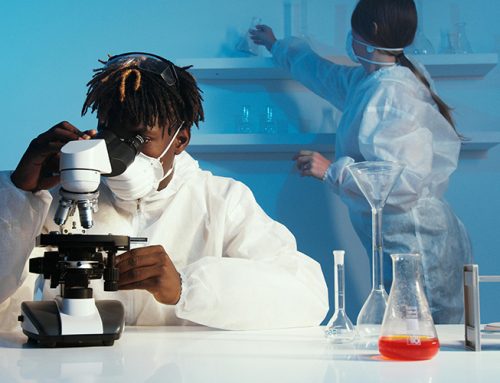Perhaps not as exciting as the Terminator Judgement Day AI revolution, nonetheless, it’s a story of overcoming adversity, with the heroes being digital pathology and AI, and the adversity being the recent COVID pandemic. Never has the world seen such a mobilisation of technology in response to the impact of the world locking down from COVID. It might seem like science fiction in the pathology world, but in reality, this revolution had already taken place two decades ago in radiology.
The Slow Adoption of Digital Pathology
I am often asked why it took so long for pathology to adapt to this technology. While we share many similarities with our radiologist colleagues, such as sitting and looking at images all day long, one significant difference lies in the technical requirement for the digitisation of glass slides. The resolution and speed needed for scanning glass to be fit for purpose in histopathology reporting have only recently evolved to a sufficient level. There is, of course, plenty of room for improvement, as evidenced by the emergence of businesses making advancements in hardware devices such as high-resolution monitors, space mice, and, of course, AI companies. It couldn’t be a more exciting time to witness such a major technological leap.
Overcoming Reluctance
Still, some of my colleagues are reluctant to jump on this bandwagon due to the subjective nature of our work and politics. My bias in favour of such technology stems from my engineering and gaming background. Some people are naturally technophobic and find the sudden influx of technology bewildering. Another important factor is the fear of machines taking over our jobs, and I believe rightly so. While the current motto of digital companies’ sales pitches is, “It’s to complement the pathologists and used only as a tool,” holds true for now, I believe AI taking over, if not fully, but partially, is a good possibility.
The Way Forward
Keeping it simple is my mantra. It is too tempting to introduce an app that is all singing and all dancing, which is most likely to confuse us pathologist simpletons and, at worst, put us off adopting this new way of working. Additionally, we must consider the limited nature of the current NHS IT system and the many inefficiencies plaguing the IT infrastructure. The use of multiple applications with poor interconnectivity and communication makes the integration of modern applications quite challenging. It will require many years of investment to upgrade the NHS IT infrastructure to bring it up to speed. Taking this into account, it’s prudent to gently introduce new digital systems and ensure there’s enough storage and bandwidth before committing to the costly purchase of a digital system.
Conclusion
The digital and AI revolution in pathology, accelerated by the COVID pandemic, marks an exciting and transformative period. While challenges remain, including technological limitations and resistance to change, the potential benefits are immense. By keeping the approach simple and gradually integrating new systems, we can navigate this revolution effectively and harness the power of digital pathology and AI to improve our practice.
Thank you for reading, and I look forward to sharing more insights and updates in future posts. Feel free to reach out to us at query@ukpathology.com, and we will aim to respond within five working days.
Mohammed Khan Founder and CEO, UK Pathology Ltd.





